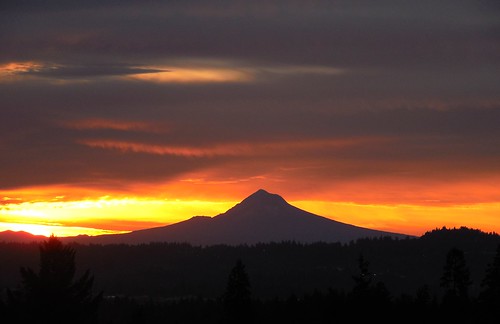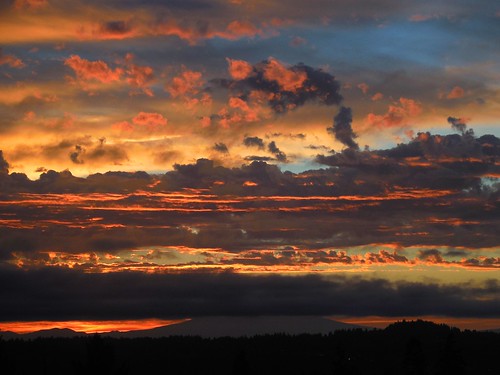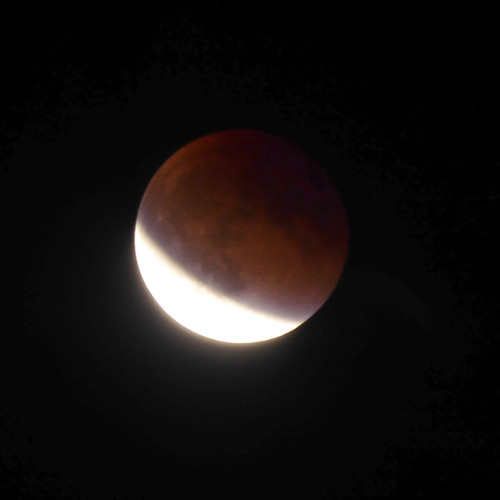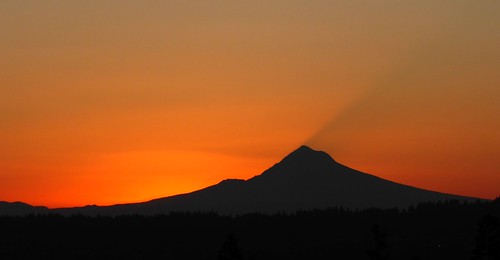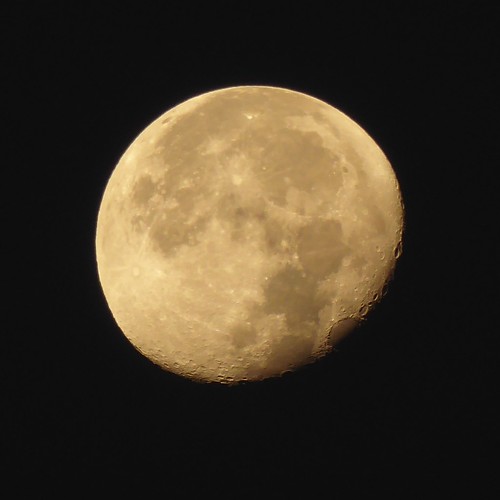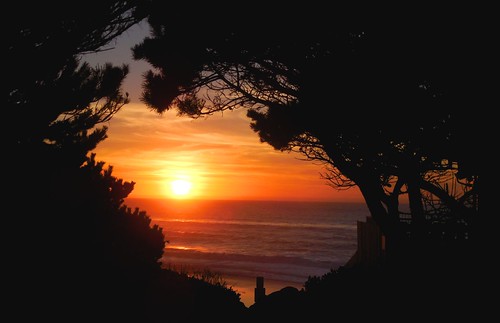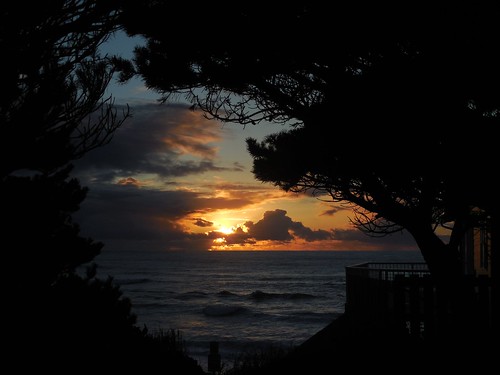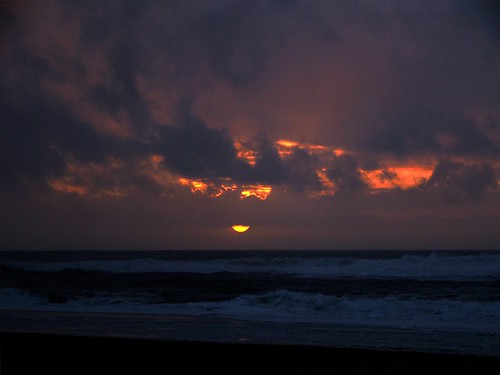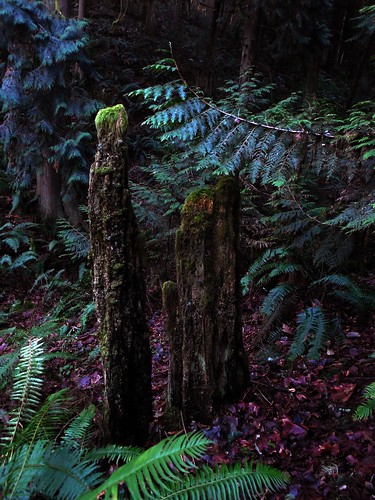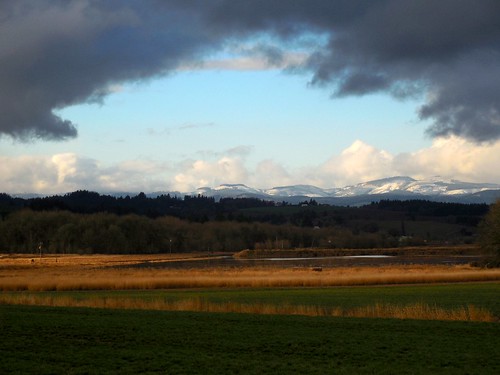The 2020 wind and fire and smoke storm
by Steve, September 19th, 2020Sunday, Sept 7
Beautiful day, and then the bone-dry east winds started, bringing the first significant smoke to the holler. We closed up the house and listened to the wind howl all night, glad we took out the killer maple hanging over our bedrooms earlier in the summer. Overnight, fires popped up all over the west slope of the Oregon Cascades and in the Siskiyous. It was still clear enough to walk the next day, but the winds were still howling.
Monday, Sept 8
On what would be my last walk for almost two weeks, I surveyed the damage from the still howling wind.
My meditation bench got hit, but was undamaged.
Made it to the top of Gabbert Butte and back, my usual 2 mile out and back. At the saddle, major blowdown and a damaged interpretive sign.
Back home, I clear my bench and sit until the creaking trees in the persistent wind convince me to go inside and stay there.
Tuesday Sept 9 – Wednesday Sept 17
Smokier and smokier every day, to the point that the AQI is off the charts, above “hazzardous.” While the east winds have stopped bringing in new smoke, a thermal inversion traps the existing smoke in the valley. We are socked in with smoke and fog. There are predictions that a weak offshore low pressure system will push in a break the inversion in a couple days, but the inversion persists. This couple days would ultimately turn into more than a week. Thermal inversions and their lifting are notoriously hard to predict. We run the furnace blower continuously. We don’t run bathroom or kitchen exhaust fans to avoid drawing in outside air. I swap our furnace filter every two days.
I’m out of fresh filters by Sunday, and nobody has stock locally. Amazon can’t get them to me until the following Saturday, Lowe’s Friday. I order them anyway, and keep my dirty filter in case the clean one gets dirtier. Maybe I can vacuum it or something. Robb offers to fed ex me some for CR.
I become intimately familiar with airnow.gov, and our nearest monitoring station consistently shows “hazardous” air quality for particulate matter.
Thursday, Sept 17
That offshore low finally looks to be breaking through. By late afternoon there are thunderstorms marching north up the coast range. Our air quality starts to gradually improve. We celebrate being upgraded to “Very Unhealthy” from “Hazardous” before bed.
We are awakened at 3:30 a.m. by a monster thunderstorm, like the kind I remember growing up in Iowa and Colorado. Bright flashes and booms all around and buckets of rain.
Friday, Sept 18
The thunder has passed, but it’s still raining in the morning. The air quality is still “Very Unhealthy,” but it starts to improve rapidly in spite of the weather service maintaining an air quality alert into Saturday. More rain moves in around 3:30, and the air quality starts to rapidly improve. Then the sun breaks, and the angel’s trumpets sound.
The new furnace filters arrive, and I swap in a new one and run it for a while. It’s still smokey outside, even if radically better than just hours earlier.
By bed time, the air quality has suddenly cleared. We open the house up for the first time. It smells wet and green outside. We sleep like babies and wake up to the sound of birds.
Saturday, Sept 19
I walk, my usual two-mile out-and-back. It’s suddenly fall.
The most dramatic end of summer I can recall. The rains have mostly stopped, and it’s supposed to clear up overnight, and be back to seasonal 70s with sun.
